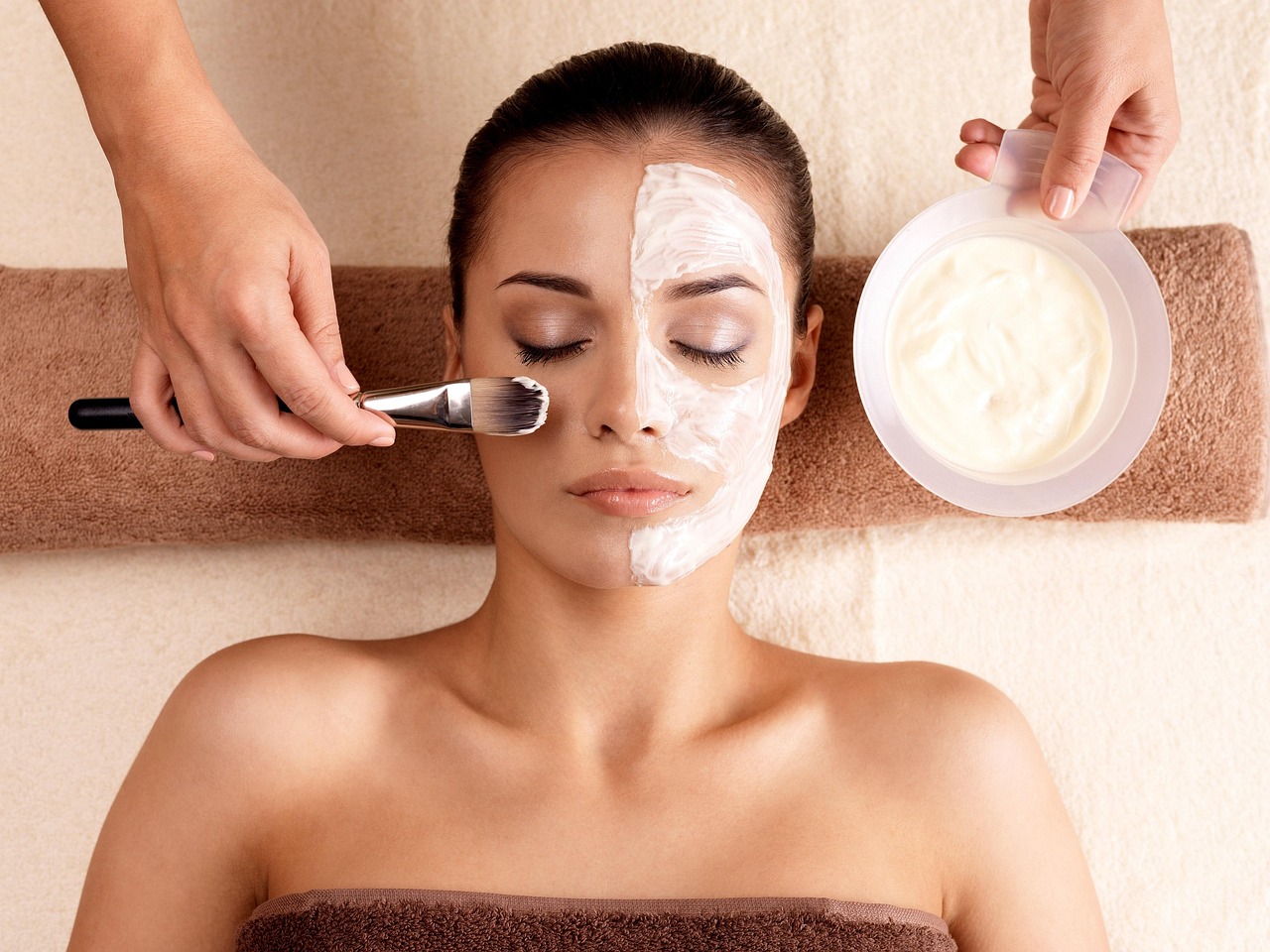This article delves into the significant benefits of Asian foot massages, emphasizing their therapeutic effects, cultural importance, and various techniques that foster overall wellness and healing.
What is Asian Foot Massage?
Asian foot massage is a holistic practice designed to stimulate specific pressure points on the feet, believed to correspond with different organs and systems in the body. This ancient technique promotes relaxation and healing, making it a popular choice for individuals seeking natural remedies for various ailments.
History and Cultural Significance
With its origins rooted in ancient traditions, Asian foot massage holds deep cultural significance in countries such as China and Thailand. In these cultures, foot massage is considered an essential part of wellness and healing practices, reflecting a holistic approach to health.
Traditional Chinese Medicine and Foot Massage
In the realm of Traditional Chinese Medicine (TCM), foot massage is closely linked to the concept of Qi, or life energy. By manipulating specific pressure points, practitioners can restore balance and promote health throughout the body.
The Role of Reflexology
Reflexology is a key component of Asian foot massage, involving the application of pressure to targeted areas on the feet that correspond to various body parts. This practice not only promotes healing but also helps alleviate pain and discomfort.
Benefits of Reflexology Techniques
The techniques used in reflexology enhance relaxation, improve circulation, and reduce stress. By supporting the body’s natural healing processes, these techniques play a vital role in holistic health.
Thai Foot Massage Techniques
Thai foot massage offers a unique approach by incorporating stretching and acupressure techniques. This combination not only promotes relaxation but also invigorates the body, enhancing flexibility and overall wellness.
Health Benefits of Asian Foot Massages
Asian foot massages provide a multitude of health benefits, including improved circulation, relaxation, pain relief, and enhanced mental clarity. These advantages make foot massages a valuable addition to self-care routines.
Stress Relief and Relaxation
One of the primary benefits of Asian foot massage is its ability to induce deep relaxation. This practice helps alleviate stress and anxiety while promoting a sense of calm and well-being.
Improved Circulation and Energy Flow
By stimulating pressure points on the feet, foot massages enhance blood circulation and improve energy flow throughout the body, contributing to better overall health and vitality.
How to Choose a Reputable Massage Practitioner
Selecting a qualified practitioner is crucial for experiencing the full benefits of Asian foot massages. Consider their training, experience, and client reviews to ensure a safe and effective treatment.
What to Expect During a Session
During a foot massage session, clients can expect a calm environment, personalized attention, and techniques tailored to their specific needs, enhancing both the experience and effectiveness of the treatment.
Aftercare and Maintenance
Post-massage care is essential for maximizing benefits. Staying hydrated, resting, and incorporating regular foot massages into your routine can further enhance well-being and promote healing.
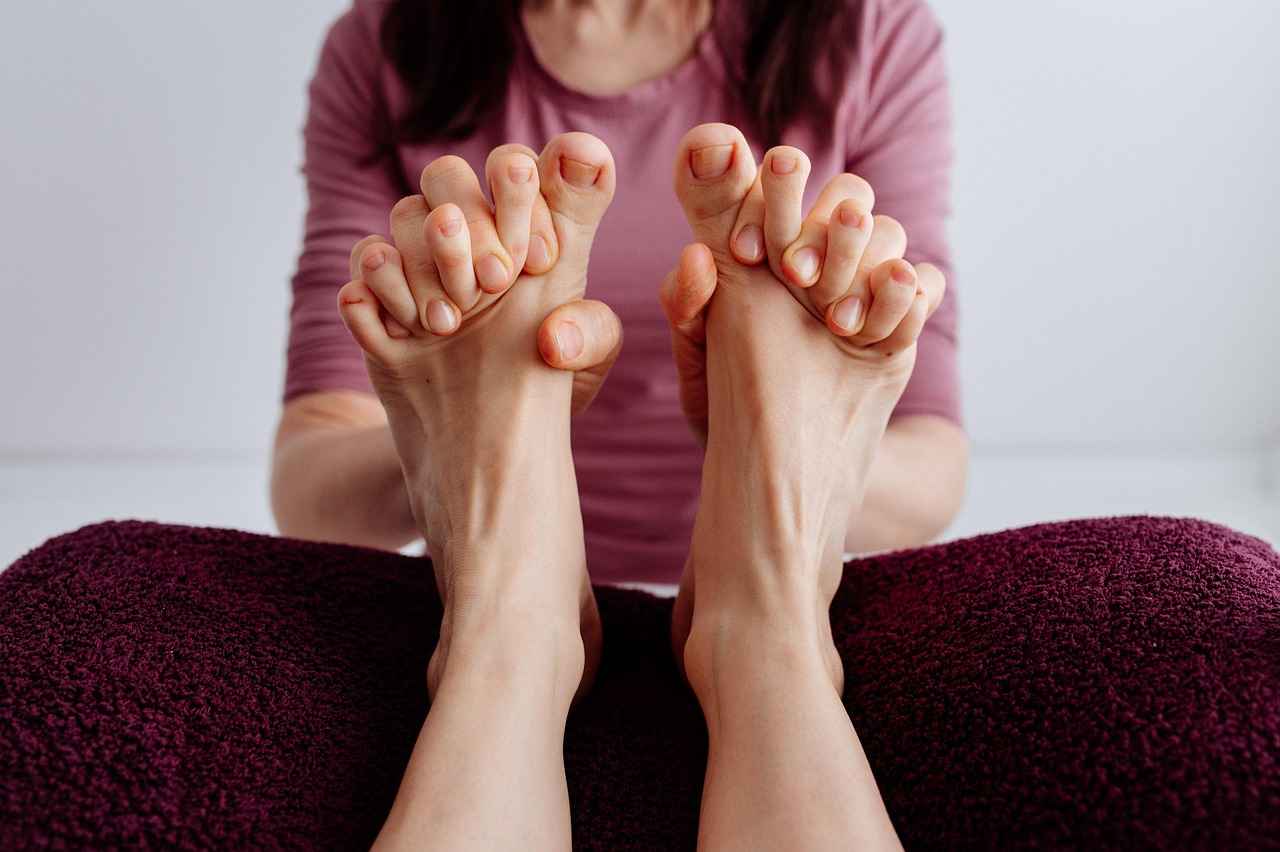
What is Asian Foot Massage?
Asian foot massage is a holistic practice that emphasizes the importance of the feet as a gateway to overall health and well-being. This therapeutic technique focuses on stimulating specific pressure points located on the feet, which are believed to correspond to various organs and systems within the body. By applying targeted pressure and techniques, practitioners aim to promote relaxation, alleviate tension, and encourage the body’s natural healing processes.
The philosophy behind Asian foot massage is deeply rooted in ancient traditions, particularly in cultures such as Chinese and Thai. These cultures have long recognized the feet as a vital area for health maintenance, linking foot massage to the flow of Qi (or life energy) throughout the body. By manipulating these pressure points, practitioners seek to restore balance and harmony, addressing both physical and emotional ailments.
In essence, Asian foot massage acts as a bridge to holistic health, offering a myriad of benefits. The practice not only enhances relaxation but also improves circulation, boosts energy levels, and supports mental clarity. Many individuals report significant reductions in stress and anxiety levels after a session, highlighting its effectiveness in promoting a sense of calm and well-being.
Moreover, the techniques used in Asian foot massage can vary widely, incorporating elements of reflexology and acupressure. Reflexology, in particular, focuses on specific zones of the feet that correspond to different body parts, making it a powerful tool for pain relief and overall wellness. The application of pressure to these zones can trigger healing responses in the body, making Asian foot massage a valuable addition to any self-care routine.
Overall, Asian foot massage is not just a luxurious indulgence; it is a profound practice that fosters healing and rejuvenation, making it an essential component of holistic health.
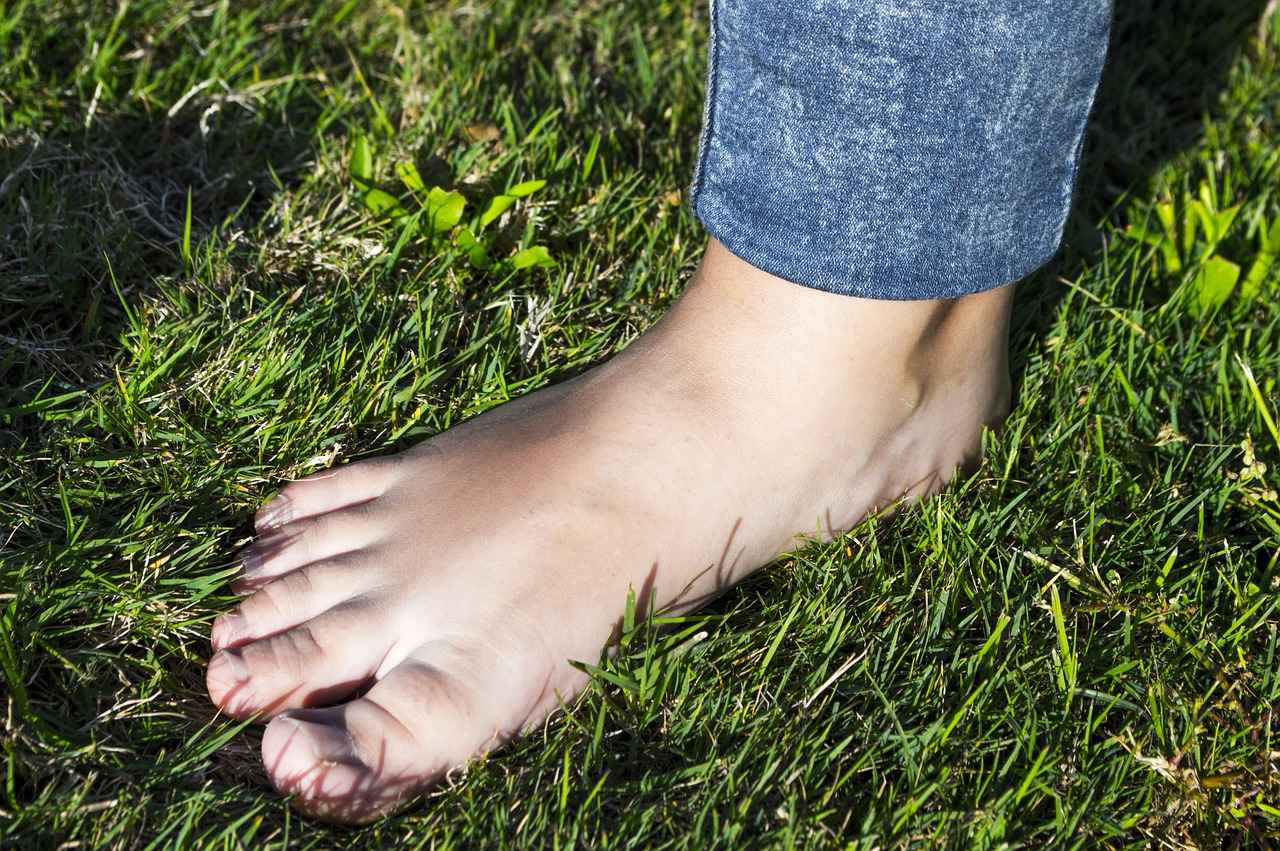
History and Cultural Significance
Asian foot massage is not merely a therapeutic practice; it is a rich tapestry woven from the cultural and historical threads of ancient civilizations. With roots tracing back thousands of years, particularly in China and Thailand, this form of massage has evolved into a vital component of wellness and healing traditions.
In China, the practice is deeply intertwined with Traditional Chinese Medicine (TCM). TCM emphasizes the flow of Qi (life energy) within the body, and foot massage is seen as a method to restore this balance. Practitioners believe that the feet contain numerous pressure points that correspond to various organs and systems. By stimulating these points, the body can achieve harmony and improved health.
Similarly, in Thailand, foot massage is not just a luxury but a cultural ritual that reflects the country’s commitment to holistic wellness. Thai foot massage combines elements of acupressure and stretching, promoting not only relaxation but also physical rejuvenation. This unique approach highlights the importance of balance between body and mind, reinforcing the belief that physical health is closely linked to emotional and spiritual well-being.
The significance of foot massage extends beyond mere physical benefits; it serves as a social activity that fosters community and connection. Often performed in communal settings, these massages allow individuals to bond over shared experiences, enhancing their sense of belonging and cultural identity.
Moreover, the therapeutic effects of Asian foot massage have garnered global recognition. As more people seek alternative therapies for stress relief and wellness, the cultural significance of this ancient practice continues to resonate, bridging the gap between tradition and modern health practices.
In summary, the history and cultural significance of Asian foot massage are deeply embedded in the philosophies of healing and well-being. It serves as a testament to the enduring power of ancient traditions in contemporary wellness practices.
Traditional Chinese Medicine and Foot Massage
In Traditional Chinese Medicine (TCM), the practice of foot massage is deeply intertwined with the concept of Qi, which refers to the vital life energy that flows through the body. TCM posits that maintaining a balanced flow of Qi is essential for overall health and well-being. When this energy is disrupted, it can lead to various ailments and discomforts. Foot massage serves as a powerful tool to manipulate specific pressure points located on the feet, believed to correspond to different organs and systems throughout the body.
These pressure points, when stimulated, can help to restore the natural balance of Qi, promoting healing and alleviating pain. This practice is not merely about relaxation; it is a holistic approach that addresses the body as a whole. Each area of the foot is thought to reflect a different part of the body, allowing practitioners to target specific health issues through careful manipulation of these zones.
Furthermore, the techniques used in foot massage can vary widely, incorporating elements of reflexology and acupressure. Reflexology, in particular, focuses on applying pressure to the feet to trigger healing responses in corresponding organs. This method is believed to improve blood circulation, enhance lymphatic drainage, and promote relaxation, which are all critical for maintaining good health.
In addition to its physical benefits, foot massage is also seen as a way to cultivate mindfulness and emotional balance. The calming effects of a foot massage can help reduce stress levels and enhance mental clarity, making it an essential practice for those seeking both physical and emotional well-being.
- Promotes Relaxation: Helps reduce anxiety and stress.
- Enhances Circulation: Improves blood flow and energy levels.
- Supports Organ Health: Targets specific organs through reflex points.
- Encourages Mindfulness: Aids in achieving mental clarity and emotional balance.
In summary, foot massage in TCM is not just a pampering experience; it is a profound practice that aligns with the principles of holistic health. By understanding and harnessing the power of Qi through targeted foot massage techniques, individuals can achieve a greater sense of harmony and wellness.
The Role of Reflexology
in Asian foot massage is a fascinating and integral aspect of holistic healing practices. Reflexology is based on the principle that specific areas on the feet correspond to different organs and systems within the body. By applying targeted pressure to these areas, reflexology aims to promote healing, relieve pain, and enhance overall well-being.
This ancient practice has its roots in Traditional Chinese Medicine (TCM), where it is believed that manipulating these pressure points can help restore the flow of Qi, or life energy. This restoration is essential for maintaining balance and health throughout the body. Reflexology is not merely a foot massage; it is a therapeutic technique that can lead to profound physical and emotional benefits.
During a reflexology session, practitioners use their fingers, thumbs, and sometimes specialized tools to apply varying degrees of pressure. Commonly treated areas include the toes, arches, and heels, each corresponding to specific body parts. For instance, the ball of the foot is often linked to the heart and lungs, while the heel corresponds to the lower back and sciatic nerve. This targeted approach can help alleviate issues such as headaches, digestive problems, and even hormonal imbalances.
| Benefits of Reflexology | Corresponding Body Parts |
|---|---|
| Stress Reduction | Brain and Nervous System |
| Pain Relief | Back and Joints |
| Improved Circulation | Heart and Lungs |
| Enhanced Digestion | Stomach and Intestines |
In addition to physical benefits, reflexology also promotes mental clarity and emotional balance. Many clients report feeling a sense of deep relaxation and tranquility during and after their sessions. This emotional release can be particularly beneficial for those dealing with anxiety or chronic stress.
As a practice that emphasizes the interconnectedness of body and mind, reflexology serves as a valuable tool in the pursuit of holistic health. By integrating reflexology into regular self-care routines, individuals can foster not only physical healing but also emotional well-being, making it an essential component of a balanced lifestyle.
Benefits of Reflexology Techniques
Reflexology techniques are a powerful tool in promoting overall health and well-being. By focusing on the feet, these techniques not only enhance relaxation but also play a crucial role in improving circulation, reducing stress, and supporting the body’s natural healing processes. This holistic approach makes reflexology an integral part of many wellness practices.
One of the primary advantages of reflexology is its ability to reduce stress. In our fast-paced world, stress can lead to various health issues, including anxiety and fatigue. Reflexology encourages a deep state of relaxation, allowing the body to release tension and rejuvenate. This process can significantly lower cortisol levels, which are often elevated in stressed individuals.
Furthermore, reflexology techniques are known to improve blood circulation. By applying pressure to specific points on the feet, reflexologists stimulate blood flow, which helps deliver oxygen and nutrients to vital organs. Enhanced circulation not only promotes healing but also boosts energy levels, making individuals feel more revitalized and alert.
In addition to relaxation and circulation, reflexology supports the body’s natural healing processes. By targeting reflex points that correspond to various organs, reflexology can alleviate pain and discomfort in those areas. This method encourages the body to heal itself, reducing reliance on medications and invasive treatments.
Moreover, reflexology can enhance mental clarity and emotional balance. Many practitioners report improvements in mood and cognitive function following sessions, which can be attributed to the release of endorphins and the overall calming effect of the treatment.
In summary, the benefits of reflexology techniques extend far beyond mere relaxation. They encompass improved circulation, reduced stress, and support for the body’s inherent healing abilities, making reflexology a vital component of holistic health practices.
Thai Foot Massage Techniques
Thai foot massage is a unique and holistic approach to wellness, integrating ancient techniques that promote both physical and mental well-being. This practice is characterized by a combination of stretching and acupressure, which work together to enhance flexibility, relieve tension, and invigorate the body.
The core of Thai foot massage lies in its ability to stimulate specific pressure points on the feet that correspond to various organs and systems throughout the body. By applying targeted pressure, practitioners can help to release blockages and encourage the flow of energy, or Qi, which is central to the philosophy of Traditional Chinese Medicine. This connection between the feet and overall health is what makes Thai foot massage particularly effective.
During a session, clients may experience a variety of techniques, including:
- Gentle Stretching: This helps to improve flexibility and relieve tension in the muscles.
- Deep Pressure Techniques: Acupressure is applied to specific points, promoting relaxation and alleviating pain.
- Foot Manipulations: The use of hands and tools to knead and stimulate the feet enhances circulation.
One of the most remarkable aspects of Thai foot massage is its ability to combine relaxation with invigorating movements. This dual approach not only helps to soothe the mind and body but also energizes the individual, leaving them feeling revitalized and balanced. As a result, many people find that regular sessions contribute to their overall wellness and self-care routines.
In summary, Thai foot massage techniques are a powerful tool for enhancing physical health and mental clarity. By integrating stretching and acupressure, this practice offers a comprehensive approach to well-being that can significantly improve one’s quality of life.
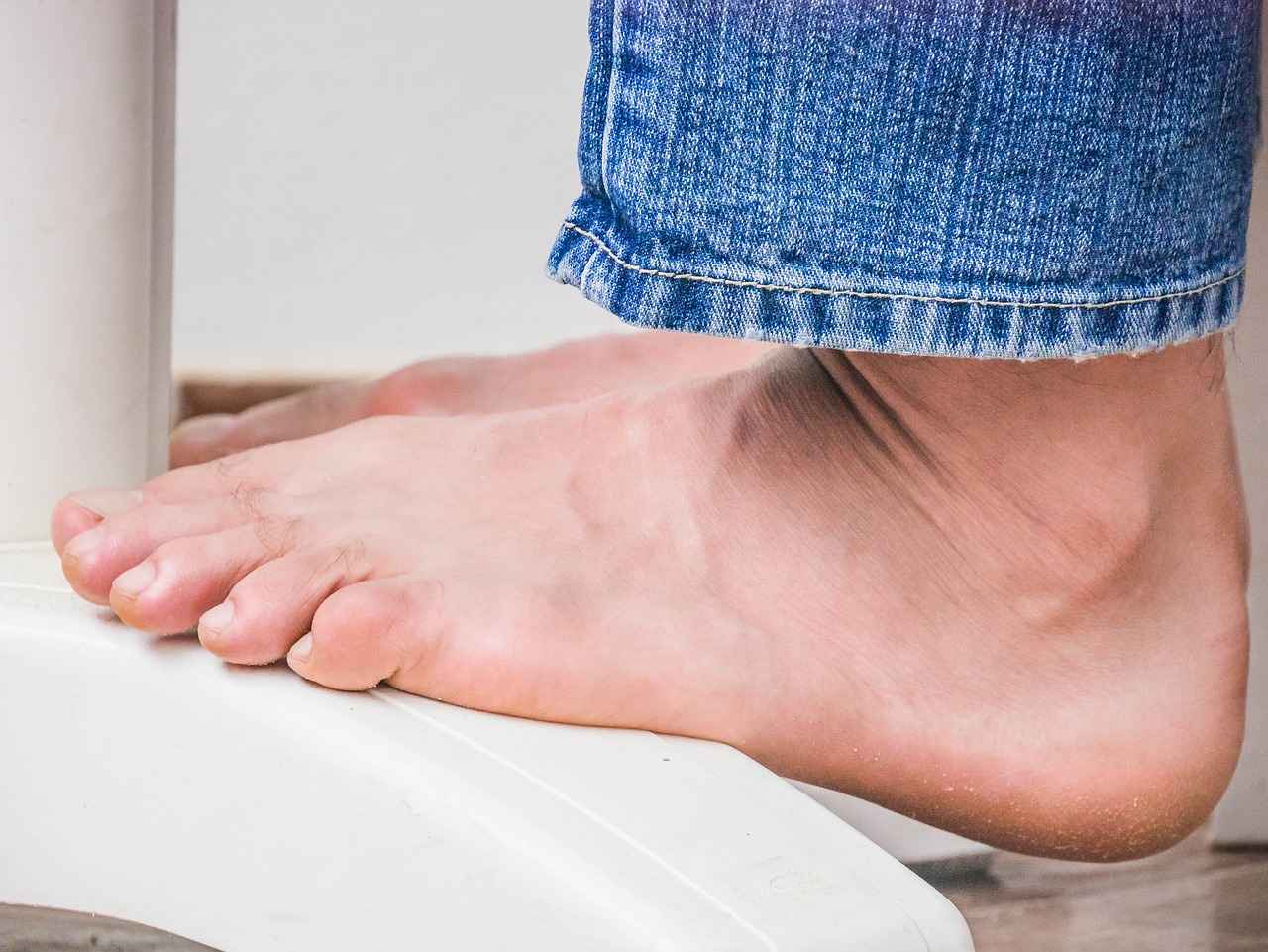
Health Benefits of Asian Foot Massages
Asian foot massages are not just a luxurious indulgence; they are a holistic approach to enhancing physical and mental well-being. This ancient practice is rooted in traditional healing techniques that have been passed down through generations. By focusing on the feet, which are considered the body’s foundation, these massages can lead to numerous health benefits.
- Improved Circulation: One of the most significant benefits of Asian foot massages is their ability to enhance blood circulation. By applying pressure to specific points on the feet, these massages stimulate blood flow, which can help deliver essential nutrients and oxygen to various parts of the body.
- Stress Relief: In today’s fast-paced world, stress management is crucial. Asian foot massages promote deep relaxation, helping to alleviate tension and anxiety. The soothing techniques used during the massage encourage the body to release endorphins, which are natural stress relievers.
- Pain Relief: Many individuals experience chronic pain, particularly in their feet, back, and neck. Asian foot massages can provide significant relief by targeting pressure points that correspond to various body areas. This reflexology approach can alleviate discomfort and improve mobility.
- Enhanced Mental Clarity: Regular foot massages can lead to improved mental clarity and focus. The relaxation and stress reduction achieved during the massage can help clear the mind, making it easier to concentrate on daily tasks.
- Boosted Immune System: By stimulating various reflex points, foot massages can enhance the body’s natural defenses. Improved circulation and relaxation contribute to a more robust immune response, helping to ward off illnesses.
- Better Sleep Quality: Many people struggle with sleep issues. The calming effects of Asian foot massages can promote better sleep by reducing anxiety and creating a sense of tranquility, making it easier to fall and stay asleep.
Incorporating Asian foot massages into your self-care routine can lead to significant improvements in both physical and mental health. Whether you seek relaxation, pain relief, or enhanced well-being, this ancient practice offers a multitude of benefits that can transform your overall health.
Stress Relief and Relaxation
Asian foot massage is renowned for its remarkable ability to induce a state of deep relaxation. This ancient practice, rooted in holistic healing traditions, focuses on stimulating various pressure points on the feet, which are believed to correspond with different organs and systems in the body. As a result, individuals often experience a profound sense of calm and well-being.
One of the primary reasons why this form of massage is so effective in alleviating stress and anxiety is its ability to activate the body’s natural relaxation response. During a session, the gentle yet firm pressure applied to the feet helps to release tension not only in the feet but throughout the entire body. This release of tension can lead to a decrease in levels of the stress hormone cortisol, promoting an overall sense of peace.
Additionally, the rhythmic techniques used in Asian foot massage can help to slow down the heart rate and lower blood pressure, creating a physiological environment conducive to relaxation. Many clients report feeling a significant reduction in mental clutter and emotional distress after just one session, highlighting the effectiveness of this practice in promoting mental clarity and emotional stability.
- Promotes a sense of calm: The soothing nature of the massage encourages the mind to unwind.
- Enhances mood: Regular sessions can lead to improved emotional health.
- Reduces muscle tension: The targeted pressure alleviates tightness in the feet and legs.
Moreover, the tranquil environment typically found in massage therapy settings contributes to the overall experience. Soft lighting, calming music, and the skilled hands of a practitioner work in harmony to create a sanctuary for relaxation. This combination not only enhances the physical benefits of the massage but also fosters a mental escape from daily stresses.
In summary, the stress relief and relaxation offered by Asian foot massage make it a valuable addition to anyone’s self-care regimen. By incorporating this practice into your routine, you can cultivate a deeper sense of well-being and resilience against the pressures of modern life.
Improved Circulation and Energy Flow
Asian foot massages are renowned for their ability to significantly enhance blood circulation and promote the flow of energy throughout the body. This ancient practice is rooted in the belief that the feet are a map of the entire body, with various pressure points corresponding to different organs and systems. By applying targeted pressure to these areas, foot massages stimulate circulation, which is essential for overall health.
When the pressure points on the feet are manipulated, it triggers a response that encourages the blood vessels to expand, allowing for better blood flow. This improved circulation not only helps in delivering oxygen and nutrients to vital organs but also aids in the removal of toxins from the body. As a result, individuals often experience a boost in their overall vitality and energy levels.
Moreover, the practice of foot massage is closely linked to the principles of reflexology, which emphasizes the connection between the feet and various parts of the body. Reflexology techniques involve applying pressure to specific areas on the feet that correspond to particular organs. This targeted approach can lead to enhanced health benefits, including:
- Reduced Fatigue: Improved blood flow helps to alleviate feelings of tiredness and lethargy.
- Enhanced Immune Function: Better circulation supports a stronger immune response, helping to fend off illnesses.
- Increased Energy Levels: As circulation improves, many individuals report feeling more energetic and alert.
- Relief from Aches and Pains: Enhanced blood flow can help reduce muscle tension and discomfort.
In addition to physical benefits, the process of receiving a foot massage can also have psychological advantages. The relaxation experienced during the massage can lead to a reduction in stress levels, allowing for a more balanced emotional state. This holistic approach to wellness makes Asian foot massages a valuable practice for those seeking to improve both their physical and mental health.
Incorporating regular foot massages into your wellness routine can be a transformative experience, promoting not only improved circulation and energy flow but also a deeper sense of relaxation and well-being.
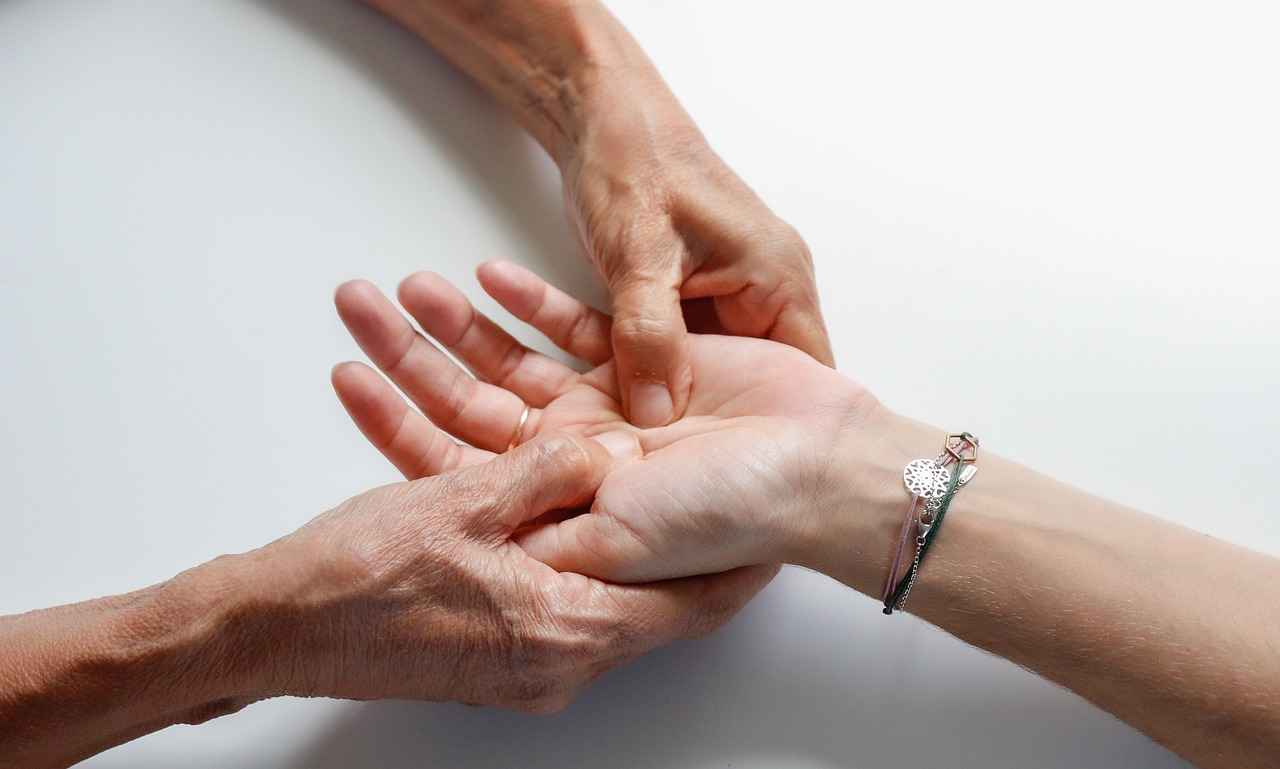
How to Choose a Reputable Massage Practitioner
When considering the benefits of Asian foot massages, it is essential to choose a qualified practitioner. This decision significantly impacts the effectiveness and safety of your treatment experience. Here are some crucial factors to consider:
- Training and Certification: Ensure that the practitioner has received formal training in Asian foot massage techniques, including reflexology and acupressure. Look for certifications from reputable institutions that specialize in traditional massage therapies.
- Experience: A practitioner with extensive experience is more likely to understand the intricacies of foot massage. Inquire about their years of practice and any specialties they may have, such as working with specific health conditions.
- Client Reviews: Reading reviews from previous clients can provide insights into the practitioner’s skills and approach. Look for testimonials that highlight positive experiences, effective treatments, and the overall atmosphere of the massage environment.
- Consultation: A reputable practitioner will typically offer a consultation before the massage. This allows you to discuss any health concerns, preferences, and expectations, ensuring a tailored experience that meets your needs.
- Hygiene and Professionalism: Pay attention to the cleanliness of the facility and the professionalism of the staff. A well-maintained environment is crucial for a safe and enjoyable experience.
By taking the time to evaluate these factors, you can select a practitioner who will provide a safe and effective treatment, allowing you to fully enjoy the myriad benefits of Asian foot massages. Remember, the right choice not only enhances your physical well-being but also contributes to your overall relaxation and mental clarity.
What to Expect During a Session
When you arrive for a foot massage session, you can anticipate a tranquil atmosphere designed to foster relaxation and peace. The setting is typically dimly lit, with soothing music playing softly in the background, allowing you to unwind and escape the stresses of daily life. A skilled practitioner will greet you warmly, ensuring that you feel comfortable and at ease.
Before the session begins, the therapist will likely conduct a brief consultation to understand your specific needs, preferences, and any areas of concern. This personalized attention is crucial, as it enables the therapist to tailor the techniques used during the massage to best suit your requirements.
During the session, you can expect a variety of techniques to be employed, including gentle kneading, acupressure, and stretching. Each of these methods is designed to stimulate specific pressure points on your feet, which correspond to various organs and systems in your body. As the therapist works through these points, you may experience a range of sensations, from gentle pressure to invigorating relief.
Throughout the massage, the therapist will continuously check in with you to ensure that the pressure is comfortable and that you are enjoying the experience. This level of communication enhances the effectiveness of the treatment, allowing for adjustments as needed. The session typically lasts between 30 to 60 minutes, providing ample time for deep relaxation and rejuvenation.
As the session concludes, you will likely feel a sense of renewed energy and calm. The therapist may offer recommendations for aftercare, such as staying hydrated and incorporating regular foot massages into your wellness routine. By understanding what to expect during a session, you can fully embrace the transformative benefits of Asian foot massage.
Aftercare and Maintenance
After indulging in the rejuvenating experience of an Asian foot massage, post-massage care becomes crucial for maximizing the benefits gained during the session. The right aftercare not only enhances the immediate effects but also contributes to long-term wellness. Here are some essential practices to consider:
- Stay Hydrated: One of the most important aspects of post-massage care is hydration. Drinking plenty of water helps flush out toxins released during the massage, ensuring your body remains refreshed and revitalized.
- Rest and Relax: Allowing your body to rest after a massage can significantly enhance its healing effects. Take some time to relax, whether that means taking a nap or simply enjoying a quiet moment. This helps your body to integrate the therapeutic benefits of the massage.
- Incorporate Regular Foot Massages: To maintain the benefits of your foot massage, consider incorporating regular sessions into your routine. Frequent massages can help alleviate tension, improve circulation, and promote overall well-being.
- Gentle Stretching: Engaging in gentle stretching exercises for your feet and legs can help maintain flexibility and reduce muscle tension. This practice complements the effects of the massage and supports ongoing relaxation.
- Avoid Strenuous Activities: After a massage, it is advisable to steer clear of intense physical activities. Allow your body some time to recuperate and enjoy the sensations of relaxation and calm.
By following these post-massage care tips, you can significantly enhance your experience and promote healing throughout your body. Remember, the journey to well-being is ongoing, and integrating these practices into your lifestyle can lead to lasting benefits.
Frequently Asked Questions
- What is the main purpose of Asian foot massage?
Asian foot massage primarily aims to stimulate pressure points on the feet, which correspond to different organs in the body. This practice promotes relaxation, enhances circulation, and supports overall healing.
- How does reflexology differ from a regular foot massage?
While a regular foot massage focuses on relaxation and relieving tension, reflexology specifically targets pressure points that align with various body parts, promoting healing and alleviating discomfort more effectively.
- Is it safe for everyone to receive an Asian foot massage?
Generally, Asian foot massages are safe for most individuals. However, those with certain medical conditions, such as diabetes or foot injuries, should consult a healthcare professional before receiving treatment.
- How often should I get an Asian foot massage?
The frequency of foot massages can vary based on individual needs and preferences. For optimal benefits, many people find that once a week or bi-weekly sessions work wonders for their overall well-being.
- What should I expect during a foot massage session?
During a session, expect a serene environment with soothing music. The practitioner will assess your needs and use various techniques tailored to you, ensuring a personalized and relaxing experience.












